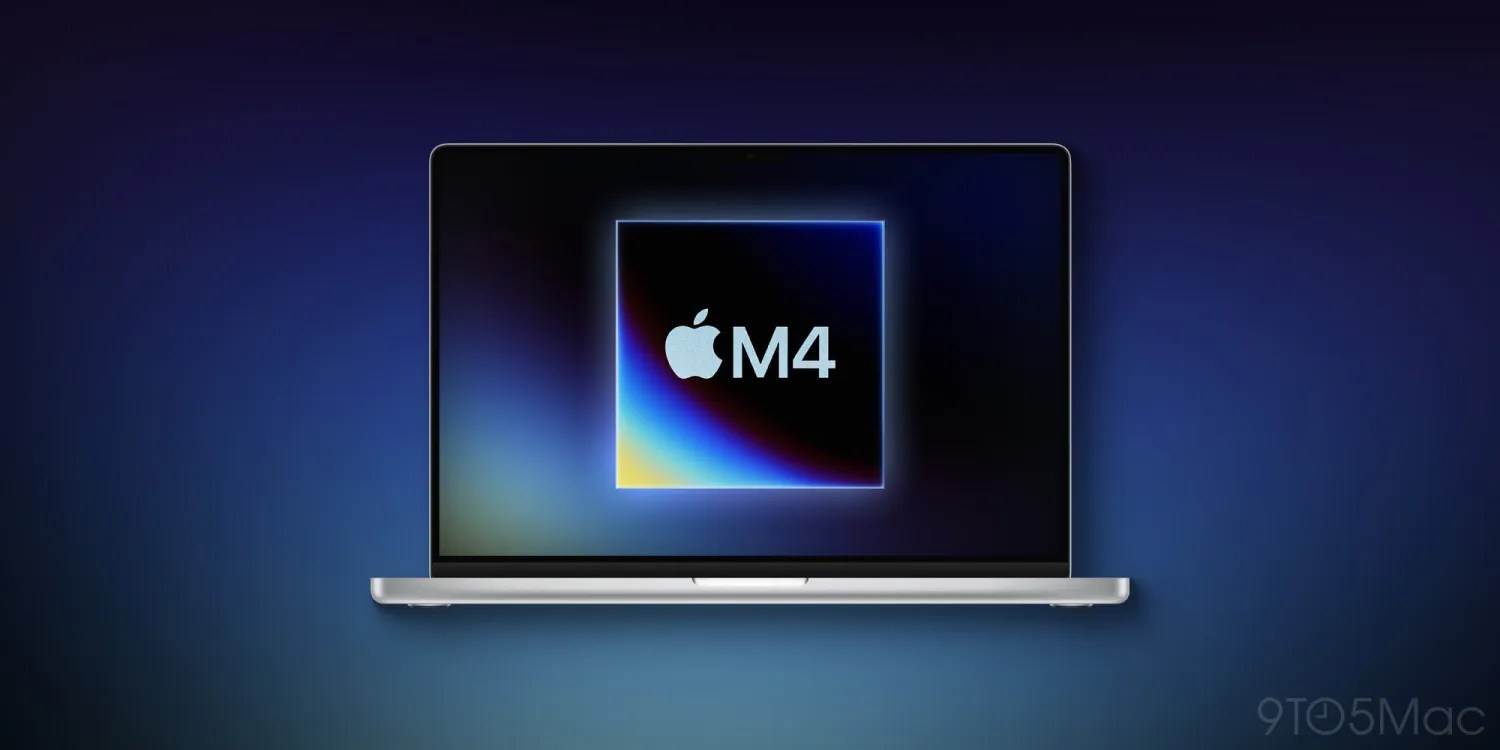
A Russian YouTuber allegedly provided a first ever unboxing video of an unannounced Mac, and claims to reveal specs for the M4 MacBook Pro we’re expecting Apple to reveal later this month.
Judging the authenticity of the video is a tough call, but it’s not such a challenge to make an informed guess about the likely accuracy of those specs …
No telling whether the video is real
Given that we’re not expecting any changes to the external design of the M4 MacBook Pro, the video itself doesn’t provide any real clues. Yes, it has one more Thunderbolt port than the existing base model, but the M3 Pro and M3 Max models both have three.
The box itself is the same one we’ve seen before, and this again doesn’t tell us anything. It of course fits if both are real; but if both are fake, then it would make sense to use an existing fake box to create your fake video – or at least to replicate it.
The claimed specs also make sense – but again, that could be because they are real, or because a faker would naturally choose credible specs aligning with previous reporting.
There are a couple of questionable aspects. As Gurman notes, the wallpaper shown is the same as the previous model. Additionally, we noted at the time that the box references an “Apple ID” rather than the company’s new nomenclature of “Apple Account” (though we have seen other inconsistencies with this).
In short, the video may or may not be real, but isn’t really important.
The claimed M4 MacBook Pro specs are credible
The claimed specs for what is said to be the base model are:
- 10-core CPU, 10-core GPU (up from the M3’s 8-core CPU)
- 16GB RAM (up from 8GB)
- 512GB storage
- Three Thunderbolt 4 ports (up from two on the base model)
In particular, Apple Intelligence is known to be RAM hungry, being responsible for iPhone 16 line-up getting a boost to 8GB, so giving the upcoming MacBook greater capacity in this area would make sense.
The specs also highlight Apple’s challenge
Back in the Intel Mac days, Apple was stuck with the US chipmaker’s CPU update cycle, and the rate of progress was nothing to write home about.
With Apple Silicon, the Cupertino company utterly transformed both the power and the battery-life of MacBooks, and the first-gen M1 chip gave anyone still using an Intel Mac a powerful reason to upgrade. Each successive generation of M-series chip adds to that appeal for Intel owners.
What makes for a tougher sale, though, is persuading existing Apple Silicon Mac owners to consider an upgrade. Admittedly I opted for the most powerful M1 MacBook Pro in the line-up, but even so, my 2021 Mac still feels lightning-fast, I still marvel at how cool and quiet it remains while performing demanding tasks like video editing, and I still can’t quite believe the battery-life is real.
It may not be news that I’m not remotely tempted to upgrade from my three-year-old machine: even the geekiest of us generally work on something like a five-year cycle when it comes to Macs. But what is more notable, I think, is that my 2021 MacBook still feels basically brand-new, and none of my appreciation for the leap in performance from Intel machines has worn off.
My most heavy-duty task is editing 4K video, and my existing machine lets me do that with no noticeable stutters without the need for proxy footage. I don’t need more power than that (at least until 8K video becomes a mainstream thing).
When it comes to battery life, I can use my Mac away from power for 8-10 hours. I don’t need a longer duration than that.
I suspect those two things are true of the vast majority of M-series Mac owners, and that’s the challenge Apple now faces.
In the Intel days, people upgraded not because there was fast-paced innovation, but more because they weren’t getting the kind of combination of power and battery-life they really wanted, and getting incrementally closer was better than nothing. But when we’ve already got everything we want and need for years on end, the pressure for Apple to continue pushing the boundaries and add new features has never been greater.
Image: Michael Bower/9to5Mac
FTC: We use income earning auto affiliate links. More.

 1 month ago
13
1 month ago
13








 English (US) ·
English (US) ·